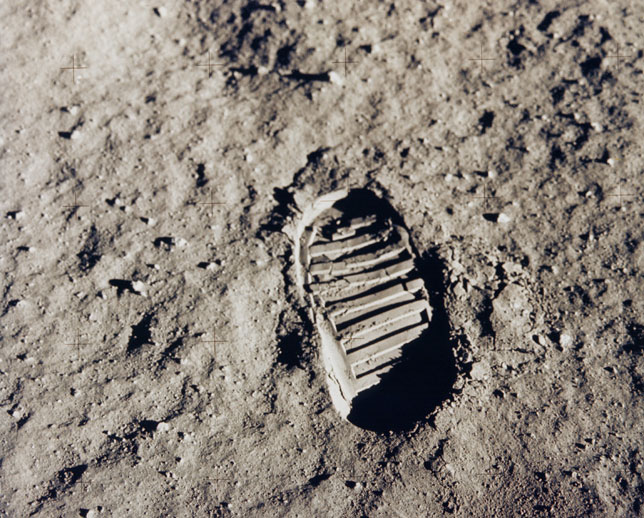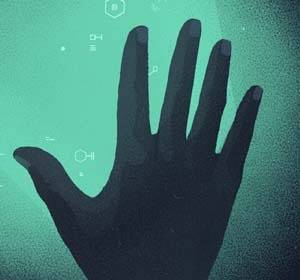
In Arthur C Clarke’s A Fall of Moondust, the lunar dustcruiser Selene sinks with all its passengers in a sea of lunar dust. In 1961, when the novel was published, there was a real fear that parts of the Moon were covered in a deep layer of quicksand-like dust into which any spacecraft would sink without a trace. Although such fears proved unfounded, the Moon is covered with a thin layer of fine dust, posing a potential hazard to exploration.
Try as they might, the Apollo astronauts could not get the moondust off their spacesuits. It got into every nook and cranny in their spacecraft and smelt of gunpowder. Today, knowing that tiny “nanoparticles” can lodge in the lungs, causing breathing problems, there is a fear that moondust could be toxic. Certainly it could clog up the seals of spacecraft airlocks, causing a catastrophic malfunction.
Moondust is created when sand-grain-sized “micrometeorites” slam into the lunar surface, shattering and heating the rock. The resulting dust particles are like tiny melted snow flakes, quite different from smooth terrestrial sand grains. It is because they are so jagged that they snag on clothing. Their shape also causes them to reflect sunlight differently depending on their orientation, explaining the astronauts’ observation that the lunar surface, far from being grey, shimmers with beautiful colours, from brown to gold to silver. The continual bombardment by micrometeorites turns over the lunar “soil” about every 10 million years. So, although this footprint, left by Buzz Aldrin when he and Neil Armstrong walked on the Moon on 20 July 1969, will outlive the human race, it will not last for ever.
Marcus Chown’s latest books are Tweeting the Universe and Solar System, both published by Faber

